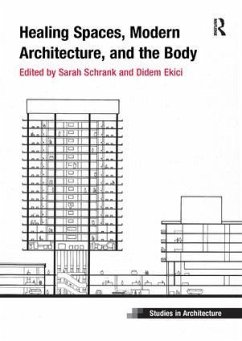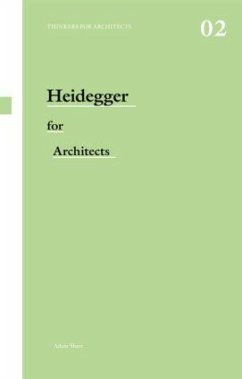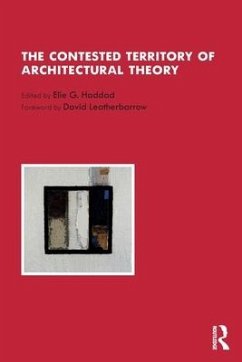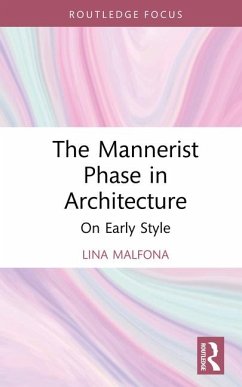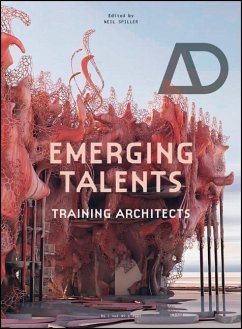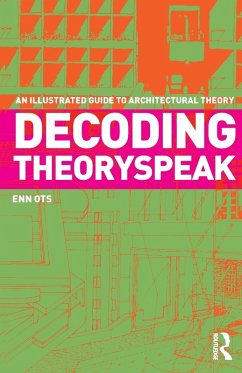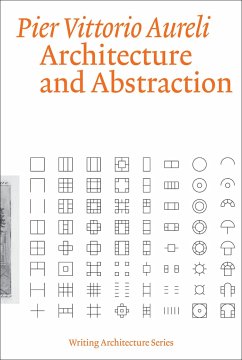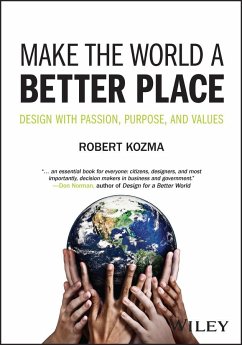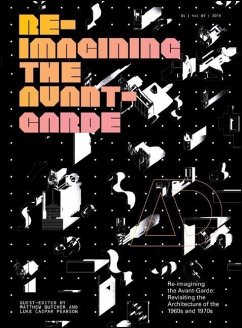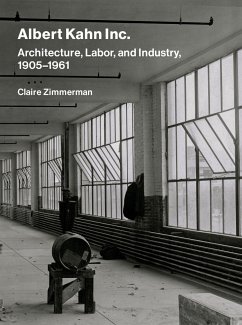
Hans Scharoun and China
The East Asian Depth of Neues Bauen
Versandkostenfrei!
Versandfertig in 6-10 Tagen
144,99 €
inkl. MwSt.
Weitere Ausgaben:

PAYBACK Punkte
72 °P sammeln!
This book presents the first systematic overview and analysis of the deep connection between Scharoun and China, offering insights into East-West cultural exchange and enriching existing understandings of modernism.The German architect Hans Scharoun has typically been pigeonholed as a leading figure in "expressionist" architecture. As this book shows, however, this understanding oversimplifies the multifaceted nature of Scharoun's career and overlooks his central role within the tradition of Neues Bauen. The book begins with Scharoun's early interactions with East Asian architects in the 1930s...
This book presents the first systematic overview and analysis of the deep connection between Scharoun and China, offering insights into East-West cultural exchange and enriching existing understandings of modernism.
The German architect Hans Scharoun has typically been pigeonholed as a leading figure in "expressionist" architecture. As this book shows, however, this understanding oversimplifies the multifaceted nature of Scharoun's career and overlooks his central role within the tradition of Neues Bauen. The book begins with Scharoun's early interactions with East Asian architects in the 1930s, his active involvement in the Chinese Werkbund (1941-42), and his extensive research on Chinese architecture and urban culture in the mid-1940s and 1950s. The book then examines Scharoun's postwar architectural designs and urban planning projects, most notably the Kollektivplan, the Volksschule Darmstadt, and the Berliner Philharmonie, which incorporated original spatial and urbanistic concepts such as "Stadtlandschaft," "Raum der Mitte," and "aperspectival" space, inspired to varying degrees by Chinese architectural and urban planning traditions.
The book will appeal to scholars and students of modern architecture, urban planning, and architectural theory, especially those interested in modernism and East-West cultural exchange.
The German architect Hans Scharoun has typically been pigeonholed as a leading figure in "expressionist" architecture. As this book shows, however, this understanding oversimplifies the multifaceted nature of Scharoun's career and overlooks his central role within the tradition of Neues Bauen. The book begins with Scharoun's early interactions with East Asian architects in the 1930s, his active involvement in the Chinese Werkbund (1941-42), and his extensive research on Chinese architecture and urban culture in the mid-1940s and 1950s. The book then examines Scharoun's postwar architectural designs and urban planning projects, most notably the Kollektivplan, the Volksschule Darmstadt, and the Berliner Philharmonie, which incorporated original spatial and urbanistic concepts such as "Stadtlandschaft," "Raum der Mitte," and "aperspectival" space, inspired to varying degrees by Chinese architectural and urban planning traditions.
The book will appeal to scholars and students of modern architecture, urban planning, and architectural theory, especially those interested in modernism and East-West cultural exchange.




